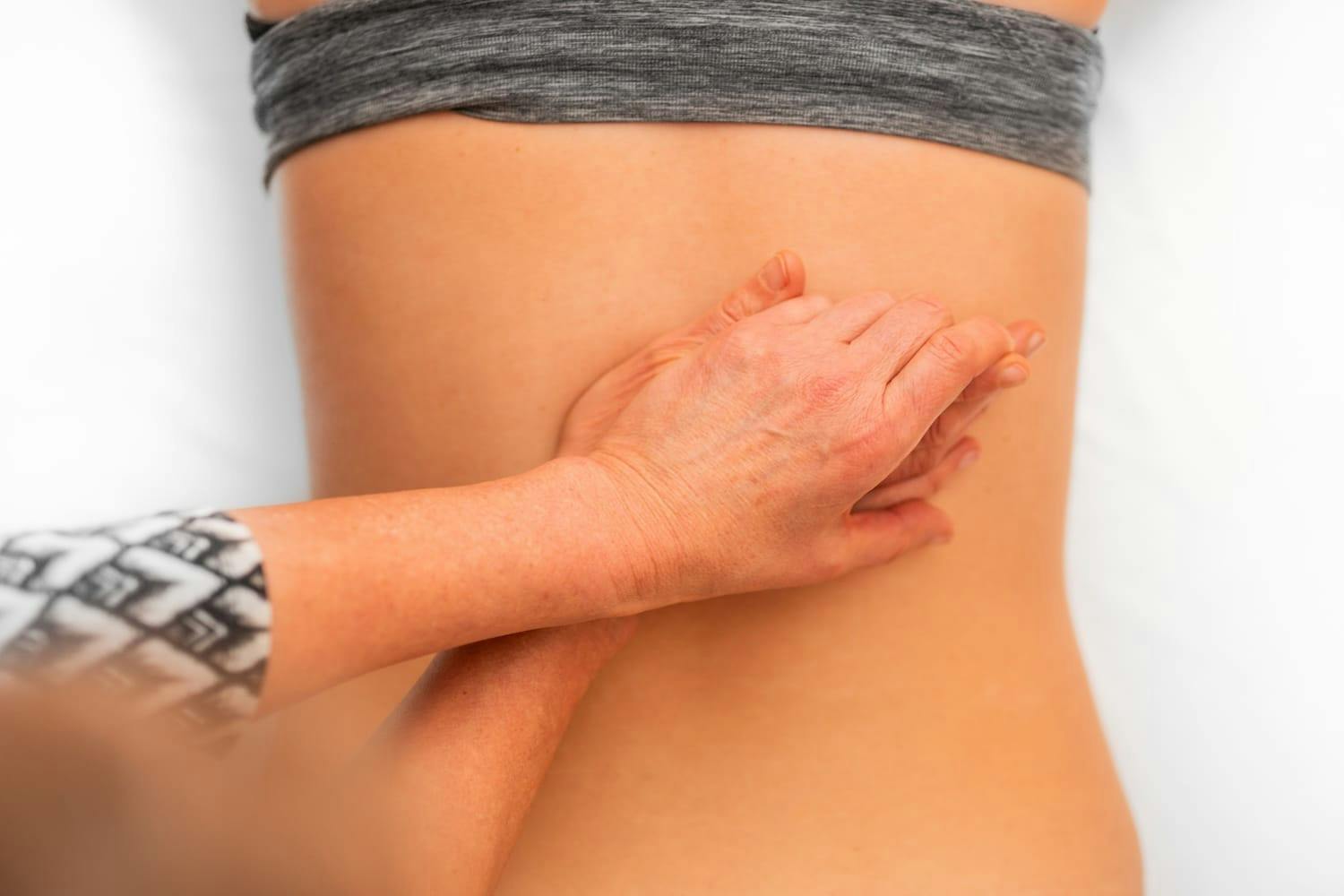Everything you need to know about osteopathy
updated on Jan 9, 2024

What exactly is osteopathy and how can it support our wellbeing? We answer some common questions
Did you know there are 206 bones in the average adult human body? Forming part of our musculoskeletal system alongside our muscles, ligaments and other connective tissues, they all work together to support the body's functions. But when these are a little out of sync, often as a result of illness or injury, it can greatly impact how we feel.
Experiencing pain or discomfort can make its mark on our day-to-day life. It doesn't just hinder our work or how we socialise, but it can also take its toll on our psychological health, too – often leaving us feeling frustrated and low in mood. Getting to the cause and finding ways to manage this is key to maintaining overall health.
This is where osteopathy comes into play. As a holistic way of treating and preventing musculoskeletal issues, osteopathy uses manipulation techniques to stretch and massage the muscles and joints to keep them functioning in harmony.
What is osteopathy?
Osteopathy is based on the idea that our wellbeing is optimised when our joints and muscles operate smoothly. If we experience pain, tension or issues with mobility, this can impact the other functions in the body. To counter this, osteopathy looks to treat and prevent musculoskeletal issues using physical manipulation techniques, carried out by an osteopath.
How does it work?
Following a consultation (where you’ll usually discuss your symptoms, current treatments and your overall health) your osteopath will use their hands to identify areas of weakness or tenderness in your body. Once the problematic area is found, the osteopath uses techniques to restore the body’s normal function. This could involve getting to the root of the issue by correcting posture or massaging a specific area causing discomfort. The overall aim is to improve the ease of movement, increase blood flow and reduce pain.
Osteopathy is particularly popular as it doesn’t involve invasive procedures like surgery. Having said this, osteopaths are trained to identify if a patient needs to be referred to a GP or requires additional tests, which may show a need for other interventions.
In this video, registered osteopath Kelly McKay explains what osteopathy is and the kind of complaints it can support.
What techniques are used in osteopathy?
There are several manual techniques used in osteopathy. Your osteopath may use one or a combination, depending on your concern and your treatment plan. The most common approaches outlined by the NHS include:
- Massage – predominantly used to relax the muscles.
- Stretching – helps to release still joints and tension.
- Articulation – moving joints gently through their natural range of motion.
- Thrusts – applying forceful movements to the spine helps to reset natural reflexes.
Who and what does osteopathy treat?
The various techniques used in osteopathy mean that it is safe to use on pretty much anybody, even young children and babies. It’s also commonly used to help sportspeople and pregnant women (though it’s always best to check this with your GP or midwife first).
As osteopathy focuses on the musculoskeletal system, it can help treat ailments related to bones, joints, muscles, ligaments and connective tissue. The NICE guidance recommends manual therapies (such as chiropractic care, osteopathy and physiotherapy) for osteoarthritis, sciatica and lower back pain. Other concerns that osteopathy is thought to help with include:
- headaches
- arthritis
- tennis elbow
- neuralgia
- digestive issues
Although more research is needed into the effectiveness of osteopathy, many people have found relief from their condition having tried it – especially when used alongside other treatments.
Want to know more? You can find an osteopath and learn more about this approach on Therapy Directory.

